The previous post looked at the two Durham Schools in Lower Largo and how the old schoolhouse at the Temple car park was superseded by the later school that would become the Durham Hall. The 1836 single room school was left as a ruin for decades until - exactly a century after it was first erected - the remains were cleared away. In the run up to that, it was becoming increasingly clear that the Feuars' Green or Temple Green was needing a bit of attention. Having been neglected for a while, things came to a head after winter storms took their toll on the seafront here.
In 1935 the Leven Advertiser of 23 April reported, under the headline "Havoc on Foreshore", that "time and tide have played havoc with the seats which were erected a few years ago on the foreshore at the Temple, Largo, by the Improvements Committee. During the summer season these seats were a popular rendezvous with the older generation."
This prompted efforts to renew and improve the 'vacant' ground. Discussion ensued around the possibilities for enhancing the space for locals and visitors alike. Later that year the suggestion of creating a children's playground or a putting green on the green created much animation among the locals. As the piece in the 19 Oct 1935 Fife Free Press below indicates, folk were keen to point out that nothing could be done without the unanimous agreement of the green feuars (who had collectively been given the ground many years earlier for use as a bleaching green - see image at the top of the post where white cloth can be seen drying in the corner of the green). Times had changed and no longer was the green needed for bleaching. Its main use had become a convenient 'lying up' place for fishing and pleasure boats off season. A committee was duly established to explore the possibilities for the green.
Although the green was tidied up, neither the putting green nor children's playpark ideas came to pass. The space is rarely referenced in the later newspaper archives. A rare example from 1937 tells that a Sunday School picnic party from Leslie based themselves at Temple Green. The storage of boats there continued and of course with the rise of the motor car, it became primarily a car park. The brick wall was at some point replaced by the neat stone wall that bounds the car park to the south today. The foreshore and road (created in 1903) to the south remain intact, perhaps in part due to the old stones from the original Durham School.
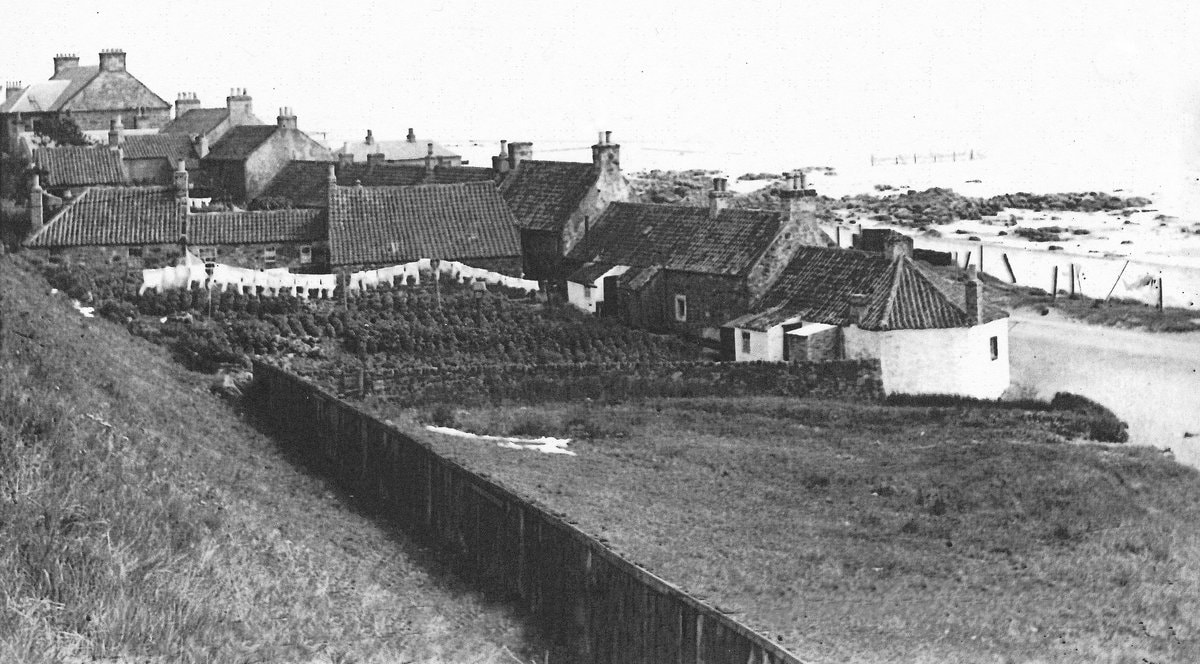
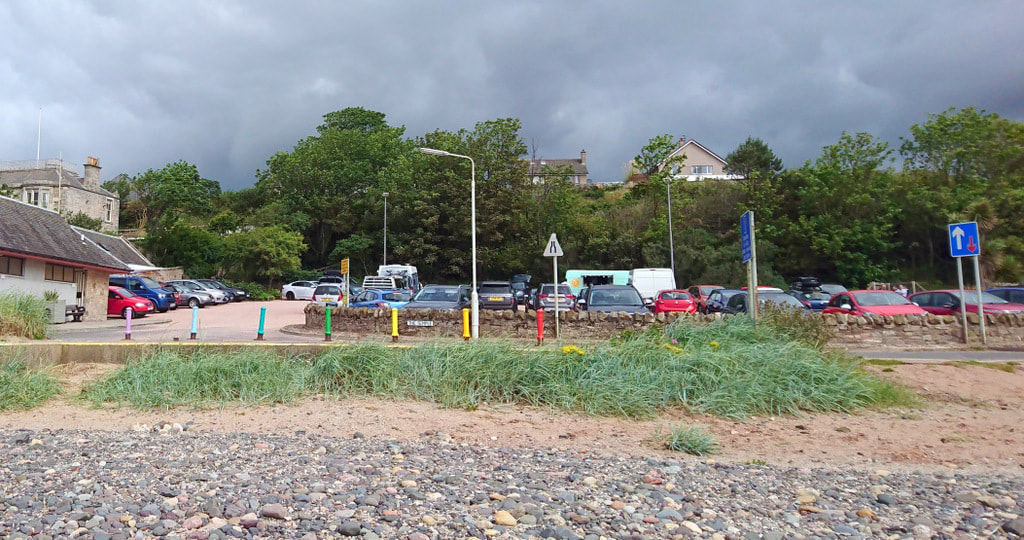
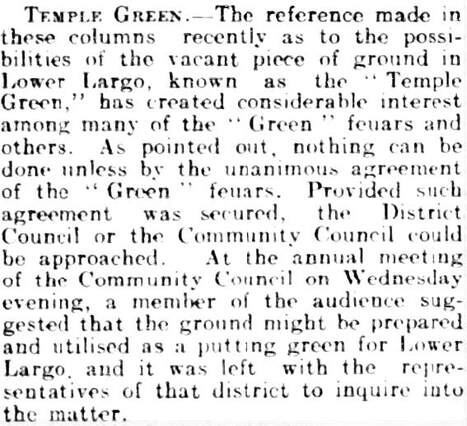
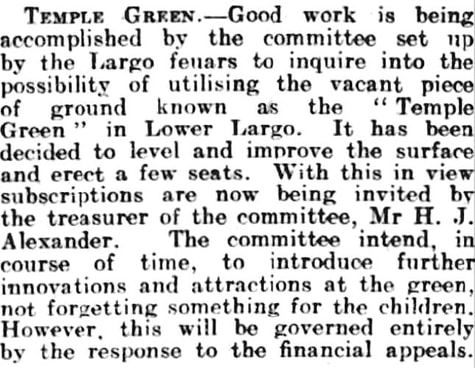
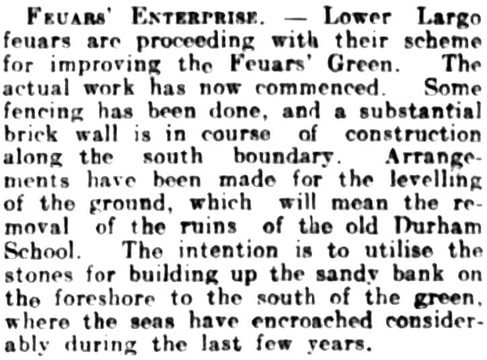
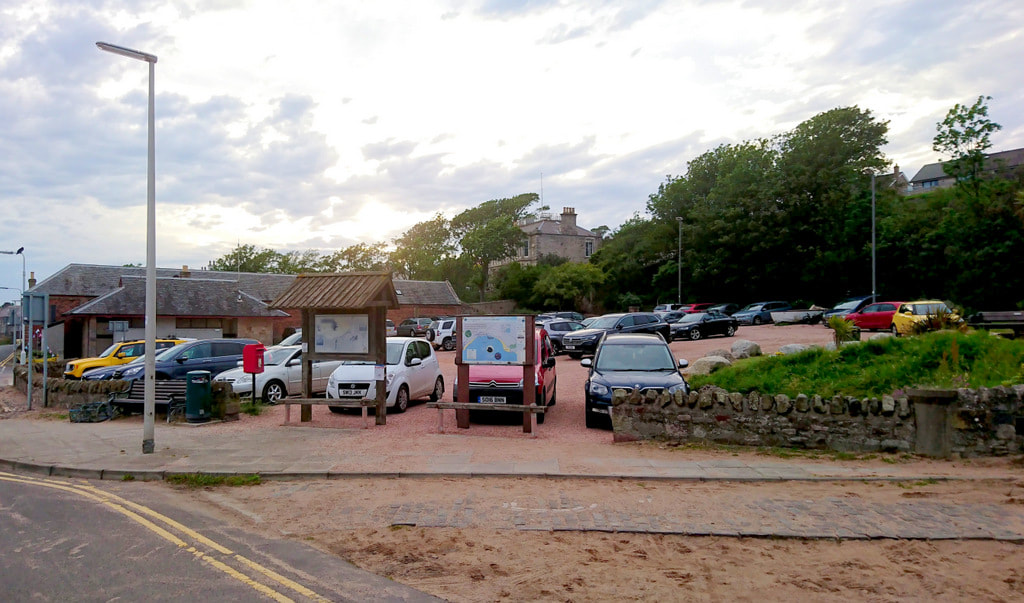
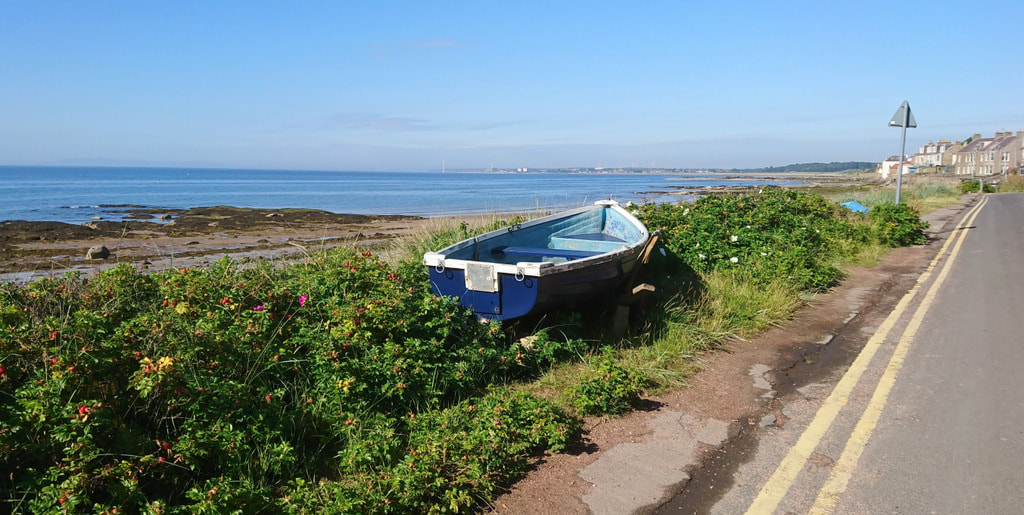
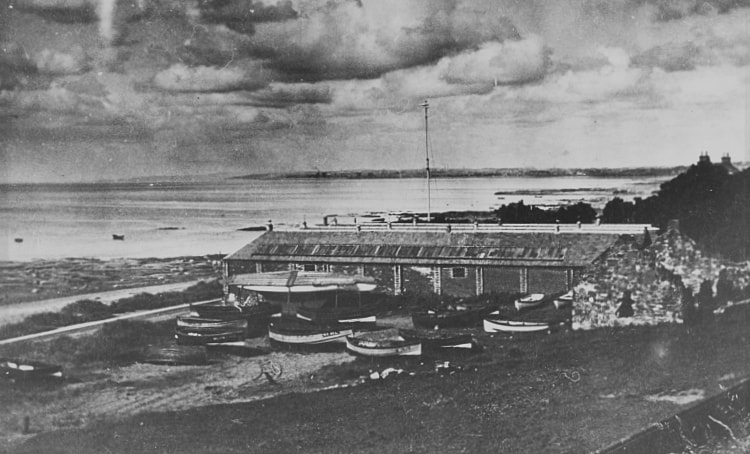

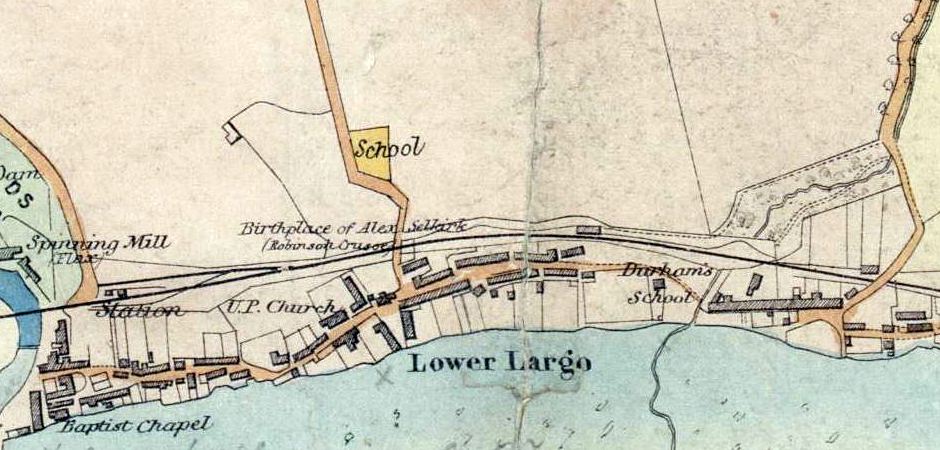
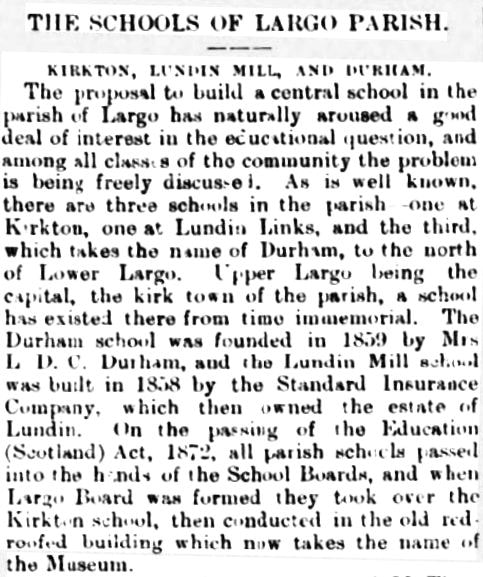
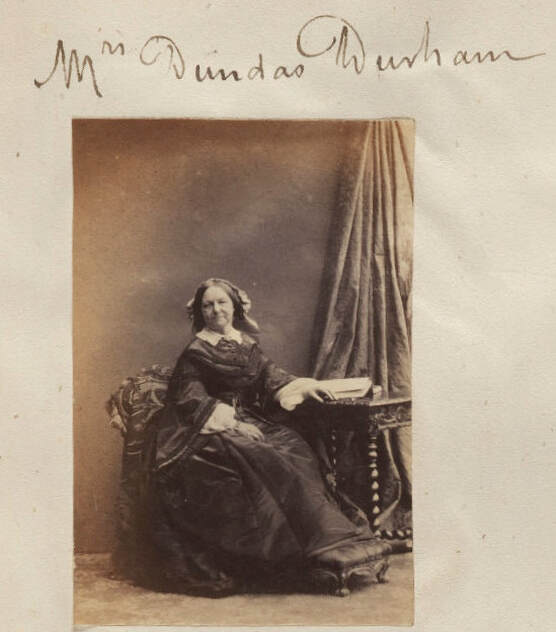
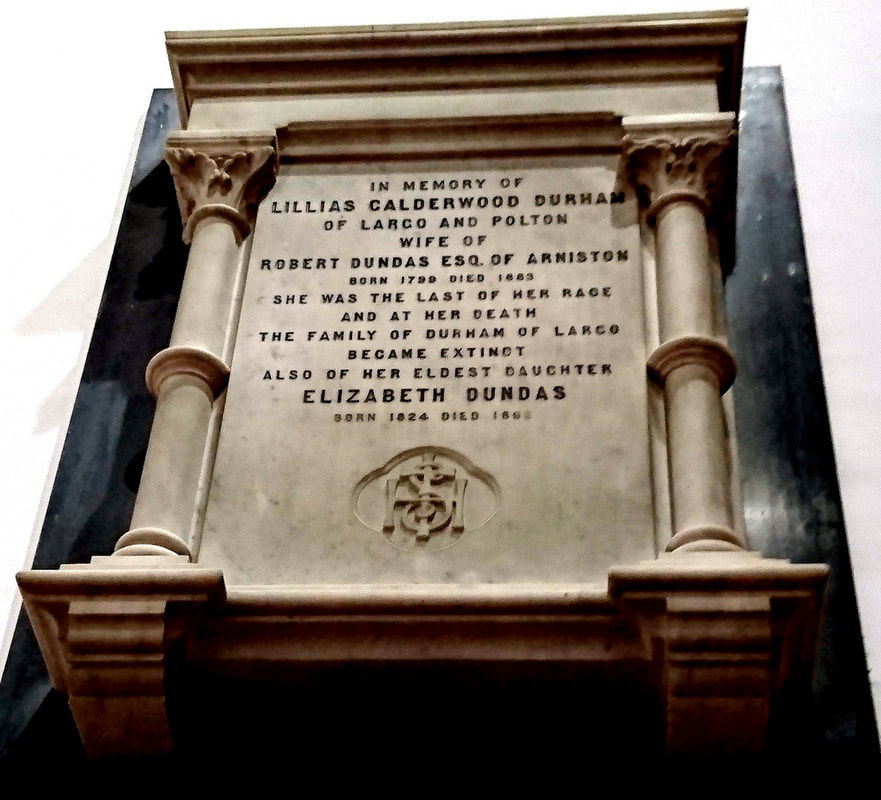
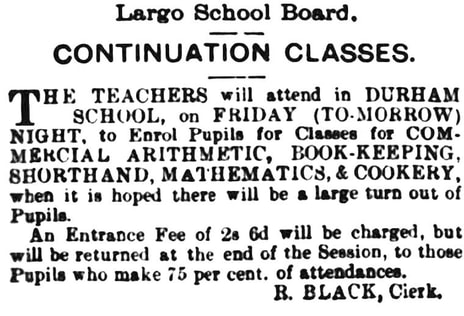
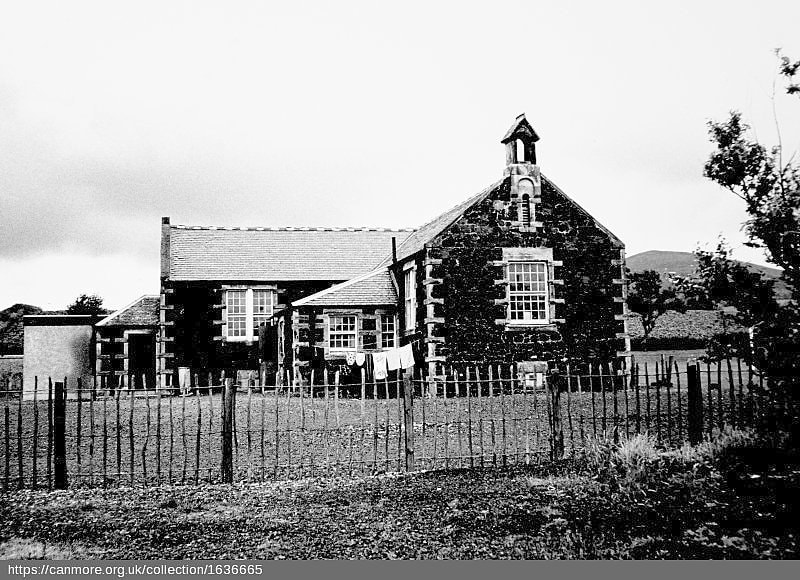
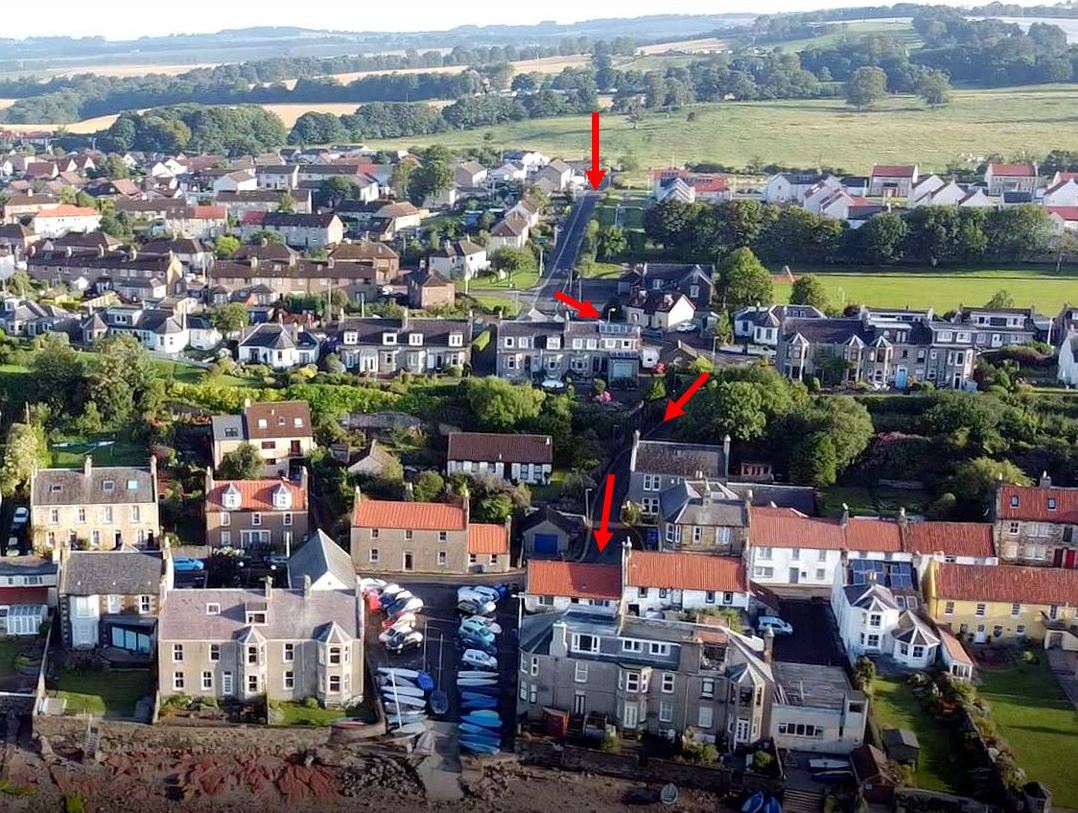
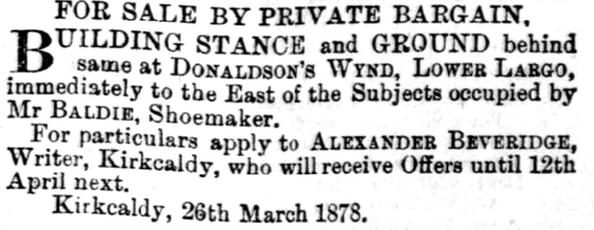
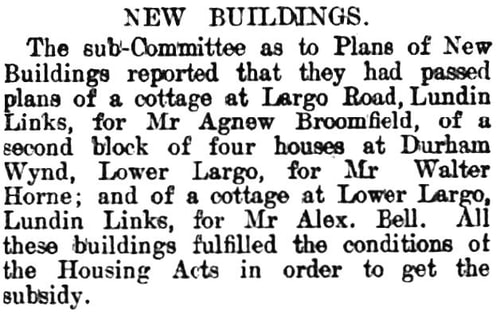
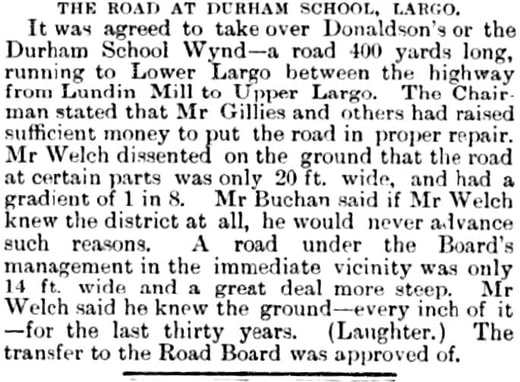
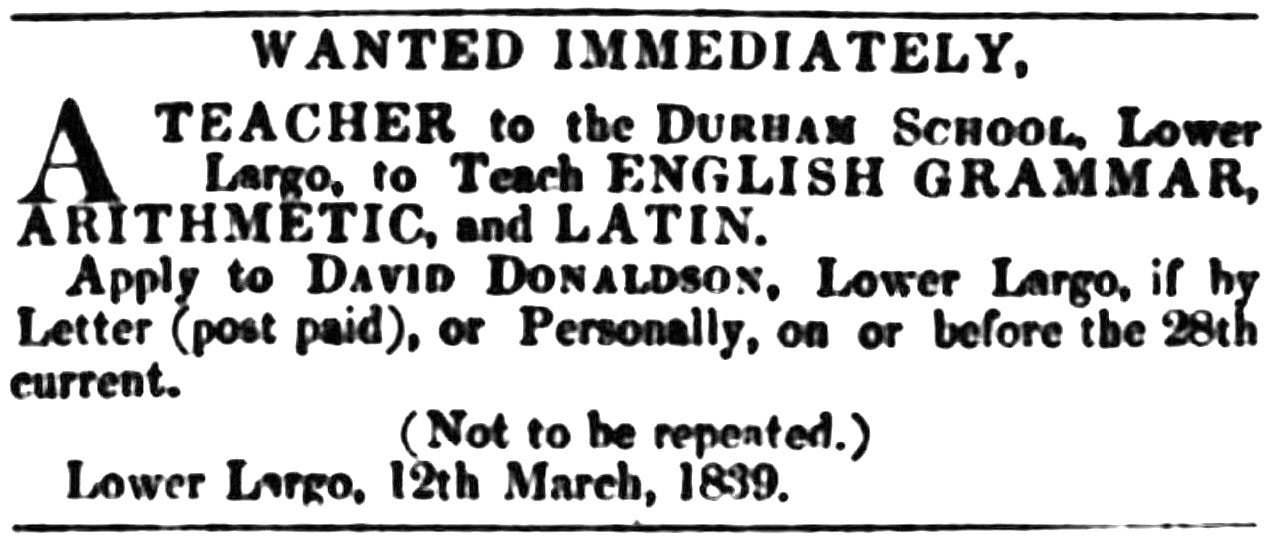
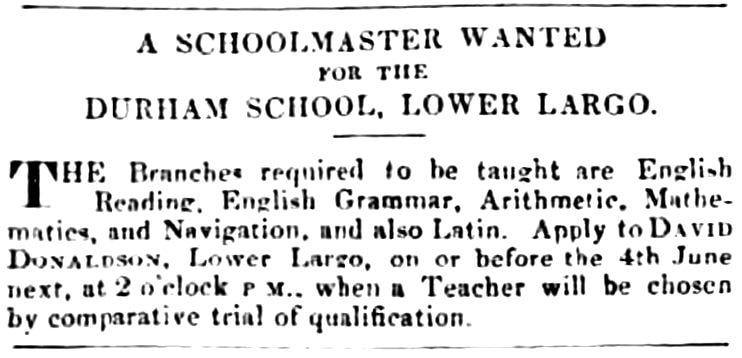
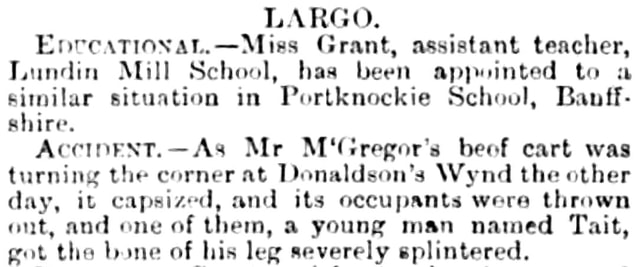
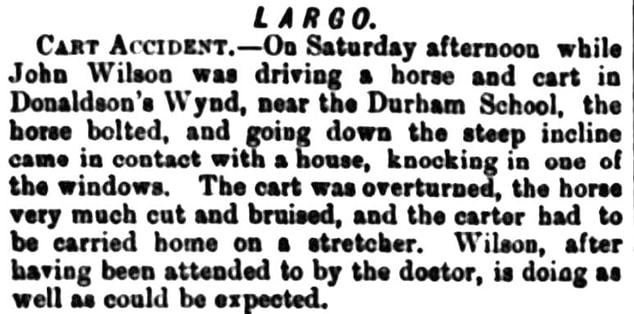
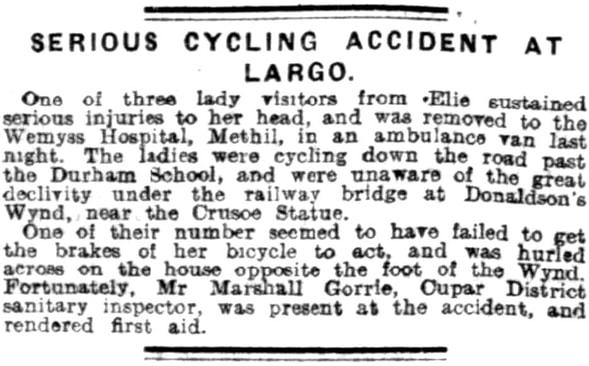
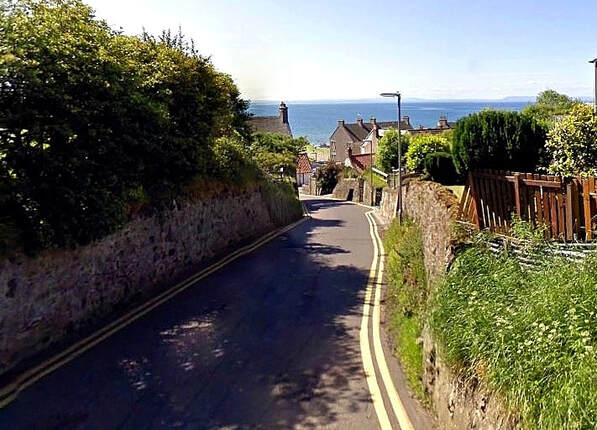

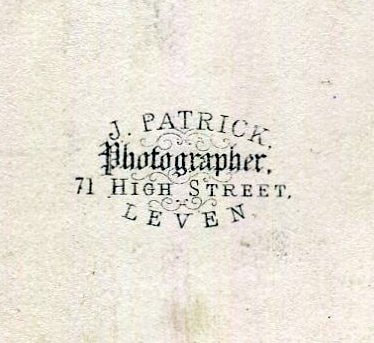
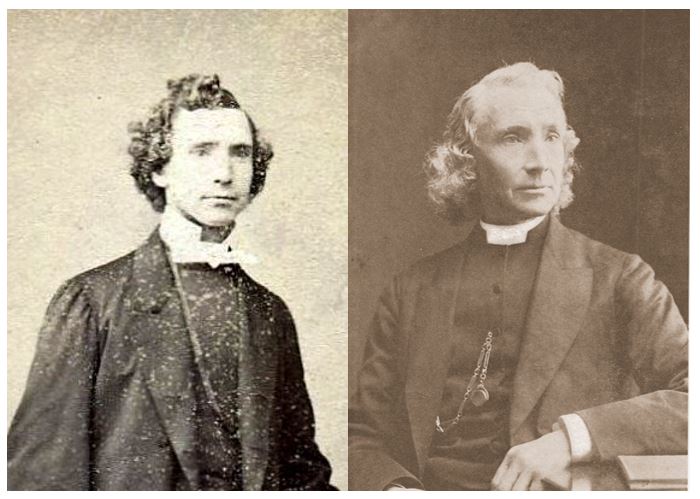
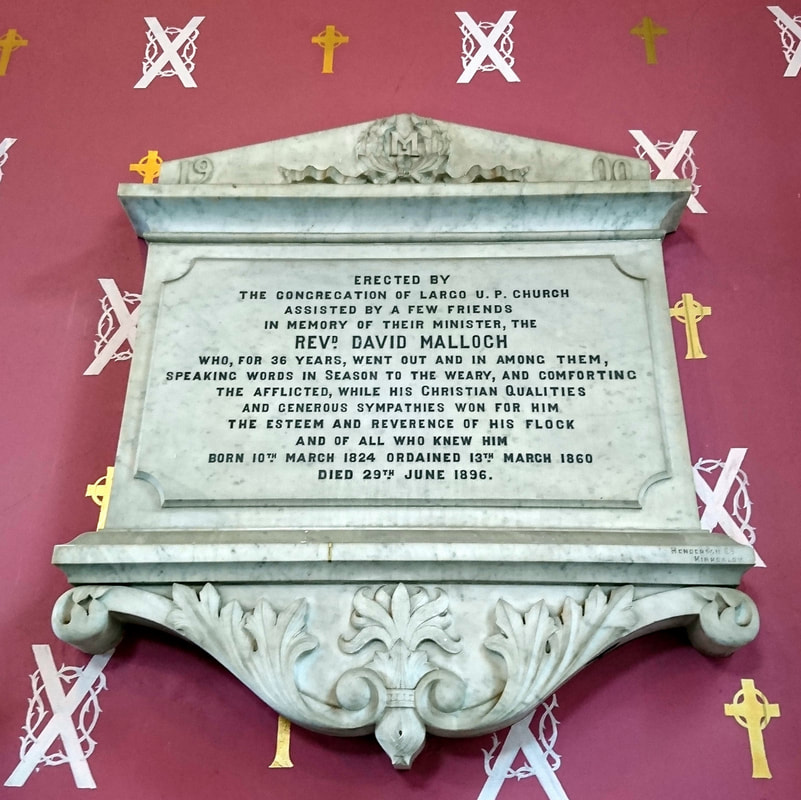
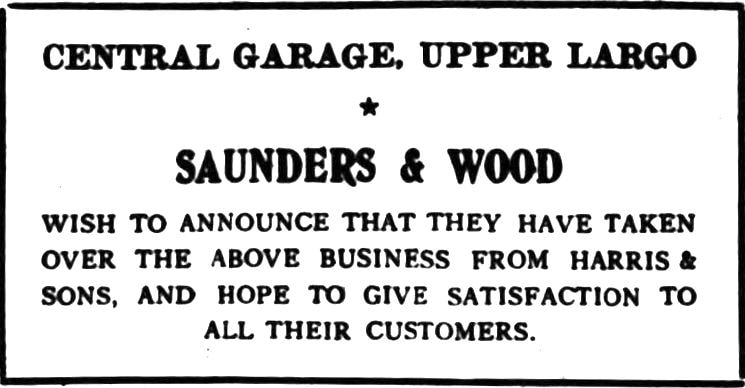
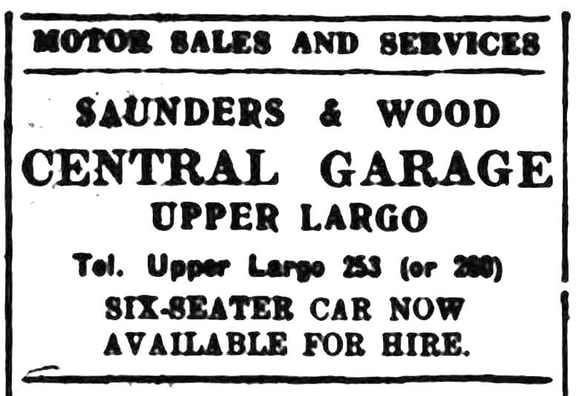
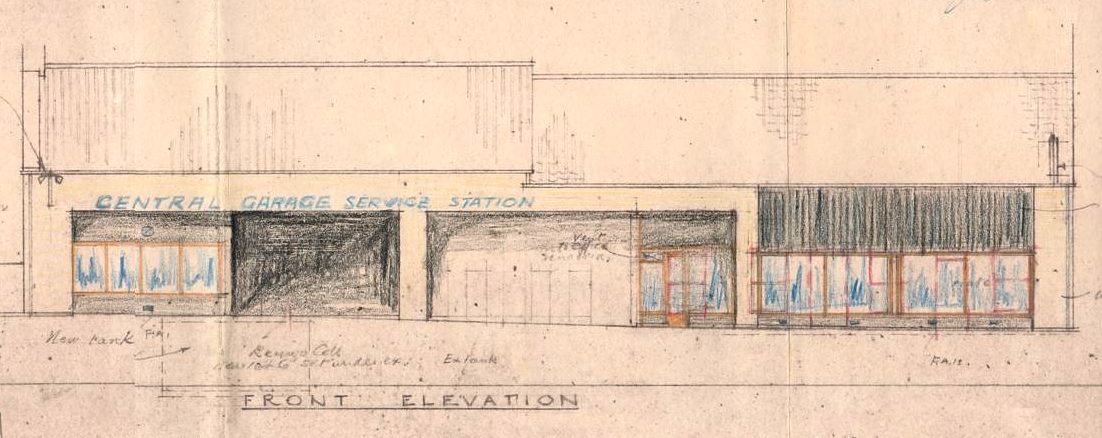
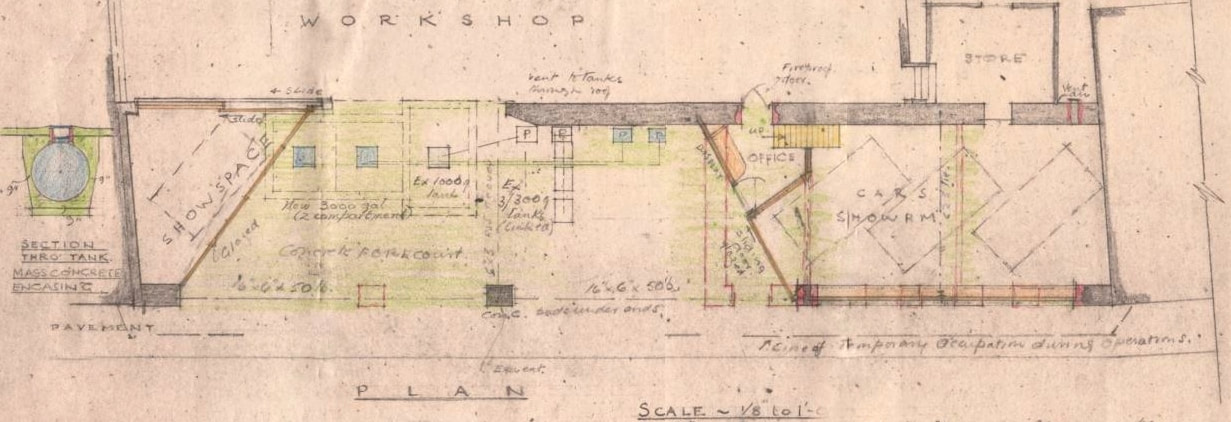
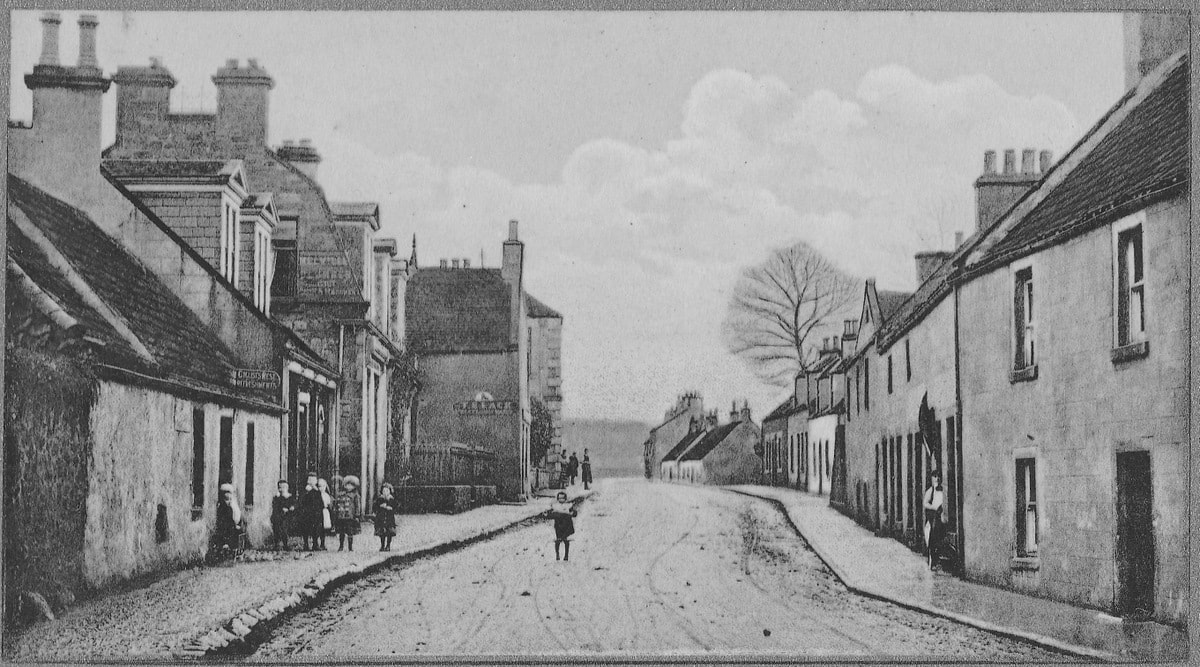
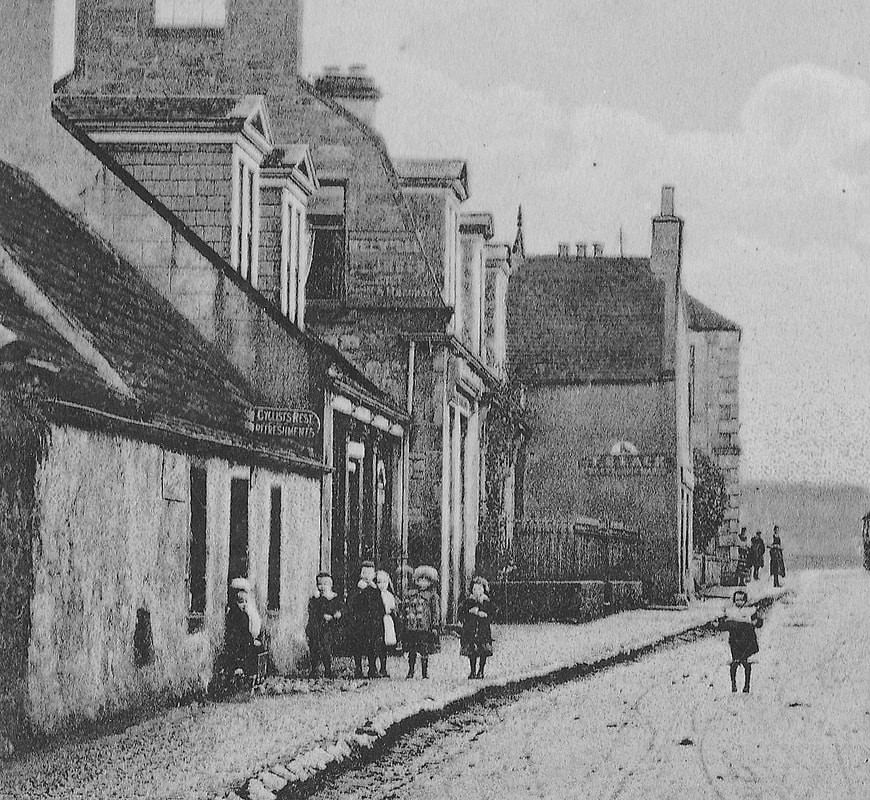
 RSS Feed
RSS Feed
